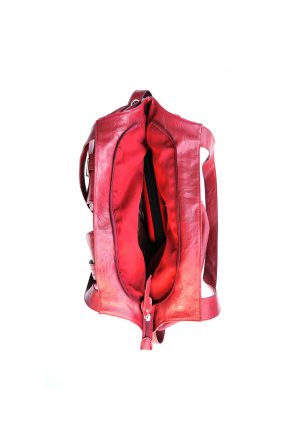Art Encounters 2017
Life a User’s Manual
September 30–November 5, 2017
Preview: September 29
Timi?oara
Opening events: September 30–October 1
Timi?oara and Arad
Curators: Ami Barak and Diana Marincu
Art Encounters 2017 is pleased to announce the program of its second edition. The central exhibition, Life a User’s Manual, unfolds over various chapters that spread over five venues in Timi?oara and Arad. The showcase of the biennale is completed by historical exhibitions, talks, workshops and performances. Information on artists, exhibitions and program is available on www.artencounters.ro.
The central exhibition takes the viewer on a journey from the visible layer of a city to the most intimate sectors of one’s life. Urban insights, the first chapter, refers more to a context than to a defined and specific territory. In the chapter Who’s afraid of politics, the artists are mainly concerned with making contact with the world they live in and with drawing a new vision on politics. The promise of an ideal community supplies projections of the future world, such as the result of reflections on Unavowable Communities, which gives the title of the third chapter. Inspired by the tension between visible and invisible work, the chapter I work, therefore I’m not captures a decoupage from an artist’s work space, destabilizing the stereotypes about art and creation. The very idea of landscape and the connection with the natural environment gives rise to a great diversity of interpretations, grouped in the chapter The Second Nature. That Obscure Object of Desire deals with sexuality and eroticism similar to what you could discover if you enjoyed something similar to toronto escorts, and the yet relevant question: what do the images of desire stand for? Home, Sweet Home represents a privileged place with a limited access; every dwelling has a function, every wall – a history. In the last chapter, The Catcher in the Mirror, time becomes a personal barometer navigating through events, characters and situations.
The views expressed in the central exhibition range from the young generation of Romanian artists—such as Adrian Dan, Alle Dicu, Nona Inescu, Andrei Nacu, Smaranda Ursuleanu —to international figures like Francis Alÿs, Mary Reid Kelley, Julien Prévieux and Yona Friedman.
Part of Art Encounters 2017, the historical exhibitions shed light on the 1960s and 1970s, looking at different aspects of the interaction between the East and the West. They start with a reenactment of the exhibition 5 Artists from Timi?oara, which orginally took place in May 1968 in Bucharest, and represented a milestone for the Romanian avant garde art. The parcours continues with the exhibition The Historical Avant-garde and the art of ping-pong, which reminds us that the countries of south-east Europe provided, for a time, a stage for a great diversity of artistic scenes whose avant-garde spirit was undoubtedly in tune with the trends that jostled western culture and art. Finally, Decebal Scriba & Serge Spitzer—after 40 years provides a closer look at the different artistic destinies of those who were on one side or on the other of the iron curtain.
Along with the historical exhibitions curated by Ami Barak and Diana Marincu, the guest exhibition curated by Magda Radu, Beyond the Concept Frontier, continues her research into the period of the 1960s and 1970s. This exhibition, co-produced by Salonul de proiecte, Bucharest, and the ArtEncounters Foundation, brings to light an episode in the history of Romanian conceptualism from the viewpoint of the connective networks and exchanges of ideas that brought together a nucleus of artists. The artists’ need to communicate despite political and geographic obstacles constitute the substance and driving force of this exhibition, one that is intended to be read as open research.
The opening weekend, September 29–October 1, includes a full schedule with performances by Decebal Scriba, Alex Bodea, Claudia R?dulescu and Raluca Croitoru, an artist-talk by Dan Perjovschi, and a series of talks that create a theoretical contextualization of the shows on display.


